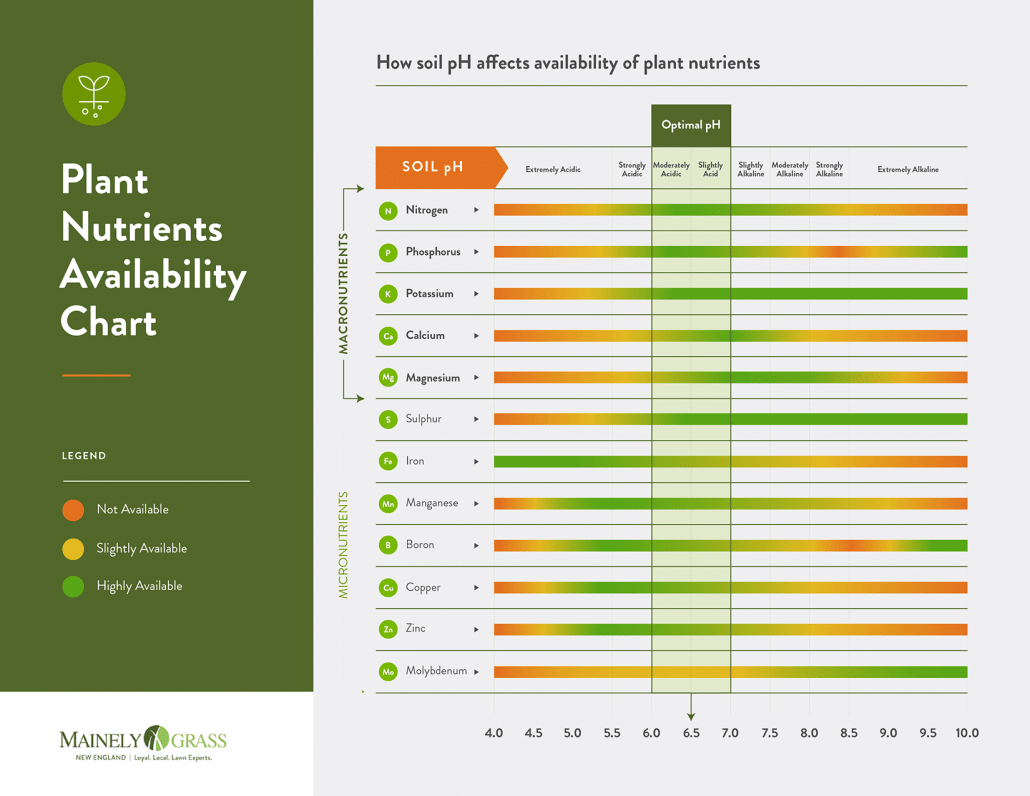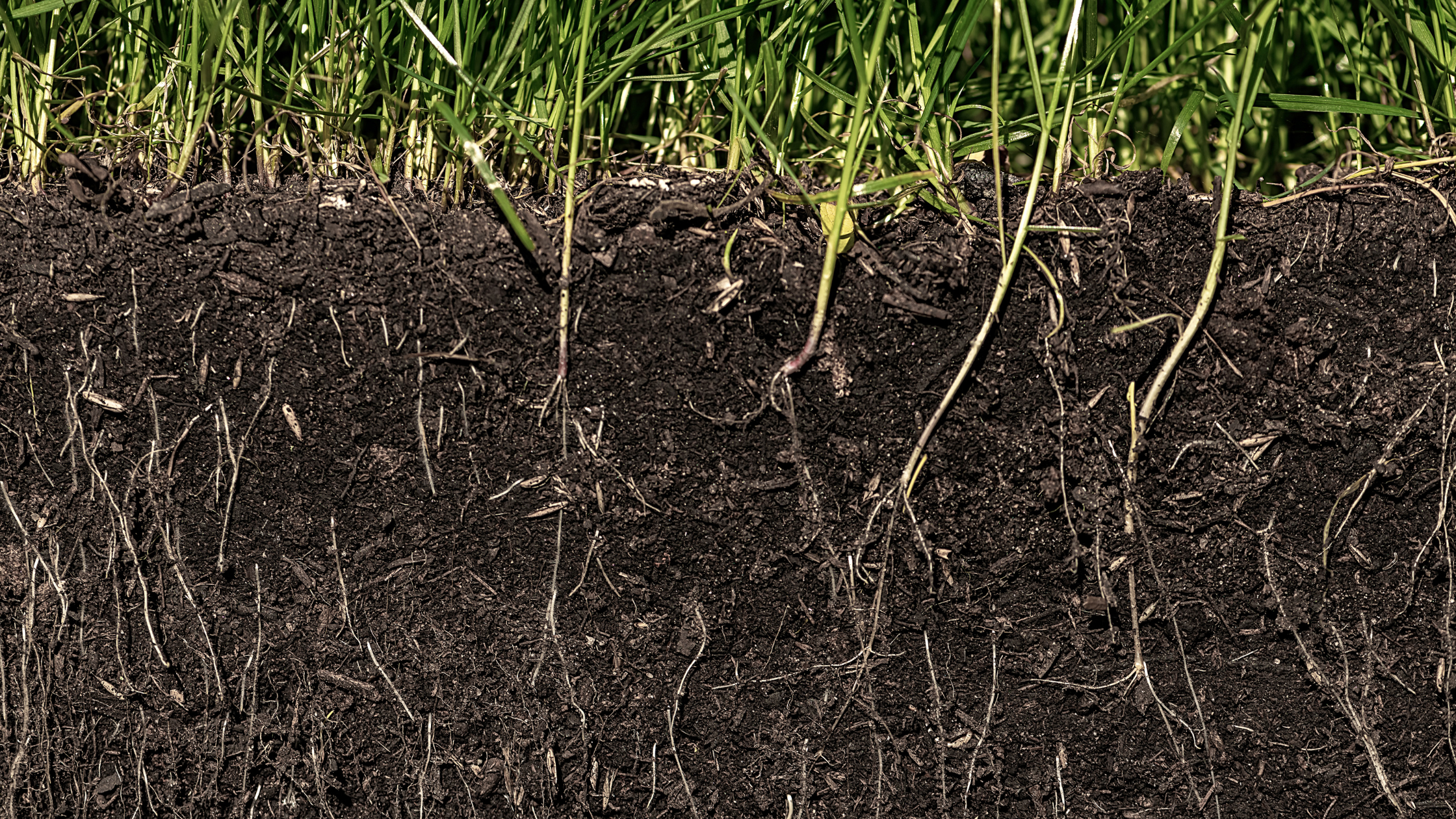Soil pH is the foundation of essentially all soil chemistry. For this reason, getting it right is of critical importance to your lawn’s overall health.
How We Read Your Lawn
If you know how to read them, lawns give us clues into what is going on beneath the soil surface, but you can’t know for sure until you get a soil probe into the rootzone, pull some soil samples, and get it analyzed by a professional laboratory. No two properties are exactly the same, which is why we always perform an initial soil test to get a baseline on the health of your soil, and recommend annual tests to check in on its progression. Based on the results, we are able to recommend which treatments and amendments are needed—or not—to help enrich your soil and promote a lush and healthy lawn.
The Importance of Proper pH for Soil
Arguably the most important element of a soil test are the pH readings. Soil pH is the foundation of essentially all soil chemistry. It tells us if your soil is acidic (pH below 7) or alkaline (pH above 7). It is important to note that pH is on a logarithmic scale. This means a pH of 6 is 10 times more acidic than a pH of 7, while a pH of 5 is 100 times more acidic than a pH of 7.
When soil pH is too low‒as is the case for many New England soils‒the acidity inhibits the lawn’s ability to take in important nutrients. Optimal pH, on the other hand, helps your grass more effectively mine the soil for the nutrients it needs to be healthy and hardy.
Check out the graphic below to see just how important proper pH is to nutrient availability for turfgrass.

Testing: What We’ve Learned
Over the past two years, we have performed thousands of soil tests throughout New England. The results have given us two compelling insights into the pH condition of the soils we treat.
First, over 80% of soils need at least a Lime Maintenance program, which provides the appropriate amount of lime to neutralize the natural acidification that New England soils experience over time. To address this, we blend the appropriate amount of lime into our fertilizers so your lawn gets enough lime to keep your soil from getting any more acidic.
Second, over 67% of soils are so acidic they require a Lime Amendment program to raise the pH up to the proper level. Amending soil pH can take years if it is substantially out of balance, but it’s one of the single most important things you can do to ensure a healthy and hardy lawn. Without proper pH, most of our Lawn Care services will be less effective at best, and completely ineffective at worst.
So when you are embarking on a Lawn Care plan, think first about testing your soil and then about getting your pH right. Your lawn‒and those who plan to enjoy it‒will thank you!
